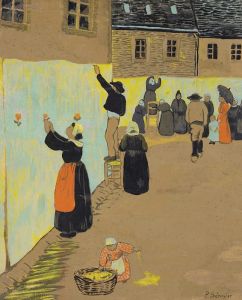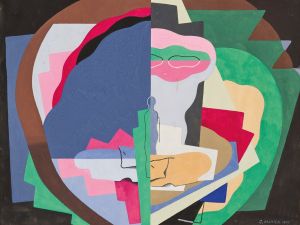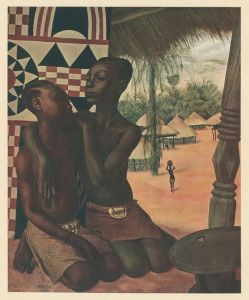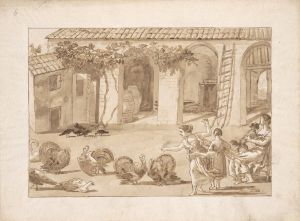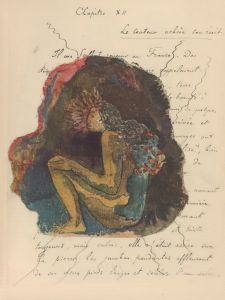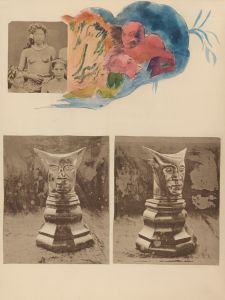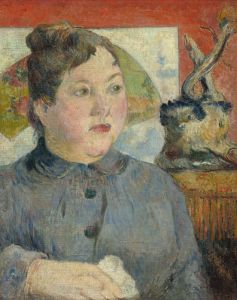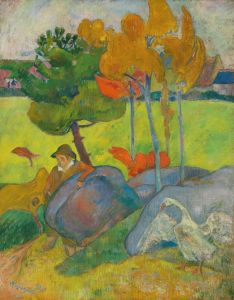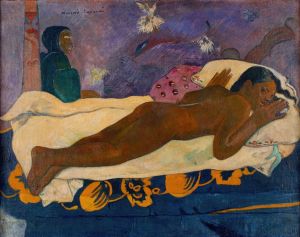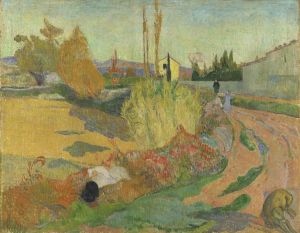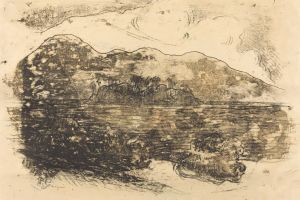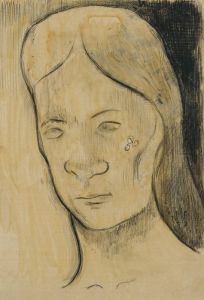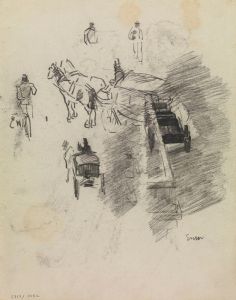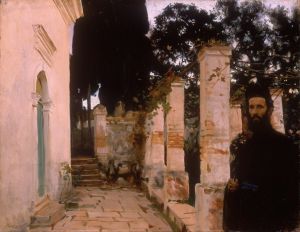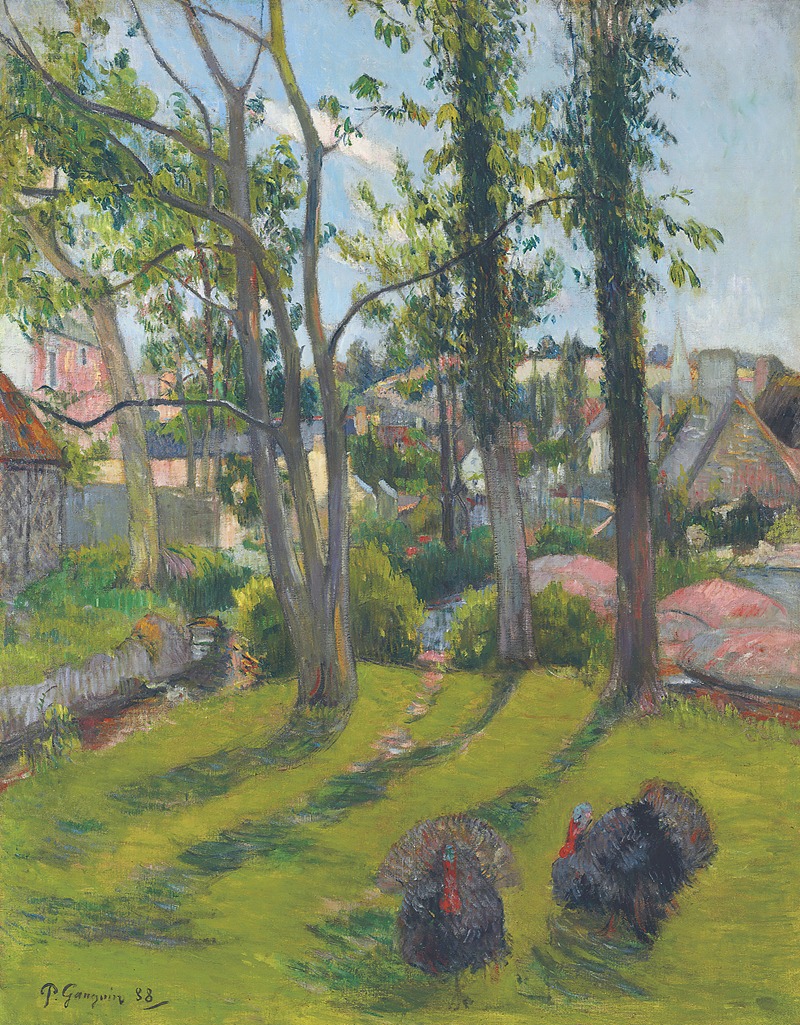
Les dindons, Pont-Aven
A hand-painted replica of Paul Gauguin’s masterpiece Les dindons, Pont-Aven, meticulously crafted by professional artists to capture the true essence of the original. Each piece is created with museum-quality canvas and rare mineral pigments, carefully painted by experienced artists with delicate brushstrokes and rich, layered colors to perfectly recreate the texture of the original artwork. Unlike machine-printed reproductions, this hand-painted version brings the painting to life, infused with the artist’s emotions and skill in every stroke. Whether for personal collection or home decoration, it instantly elevates the artistic atmosphere of any space.
Paul Gauguin's painting "Les dindons, Pont-Aven" is a notable work from the artist's early period in Pont-Aven, a small village in Brittany, France, where he spent several summers in the late 19th century. Gauguin, a leading figure in Post-Impressionism, is known for his bold use of color and innovative approach to form, which are evident in this painting.
"Les dindons, Pont-Aven" translates to "The Turkeys, Pont-Aven," and the painting depicts a rural scene featuring turkeys in the village. This work reflects Gauguin's interest in capturing the essence of rural life and his fascination with the simplicity and authenticity of the Breton landscape and its inhabitants. The painting is characterized by its vibrant colors and the use of flat, unmodulated areas of color, which was a departure from the more detailed and realistic style of Impressionism.
Gauguin's time in Pont-Aven was crucial to his development as an artist. It was here that he began to formulate his ideas about Symbolism and Synthetism, which emphasized the use of color and form to express emotional and spiritual truths rather than to replicate the natural world. The Pont-Aven School, a group of artists who gathered around Gauguin during this period, was instrumental in the development of these ideas. Gauguin's work from this time often features bold outlines and a focus on the decorative qualities of color and pattern, elements that are present in "Les dindons, Pont-Aven."
The painting also reflects Gauguin's interest in the primitive and the exotic, themes that would become more pronounced in his later work in Tahiti. In Pont-Aven, Gauguin was inspired by the local culture and traditions, which he saw as more authentic and unspoiled compared to the modernity of Paris. This perspective is evident in "Les dindons, Pont-Aven," where the rural setting and the depiction of everyday life suggest a longing for a simpler, more direct connection to nature and tradition.
"Les dindons, Pont-Aven" is an example of Gauguin's innovative use of color and form, which would influence many artists who followed him, including the Nabis and the Fauves. The painting's emphasis on flat planes of color and its departure from realistic representation were significant contributions to the development of modern art.
Today, Gauguin is celebrated as a pioneer of modern art, and his works are held in high esteem in museums and collections around the world. "Les dindons, Pont-Aven" is a testament to his ability to capture the spirit of a place and its people through his unique artistic vision. The painting remains an important piece in understanding Gauguin's artistic journey and the broader movements of Post-Impressionism and Symbolism.





